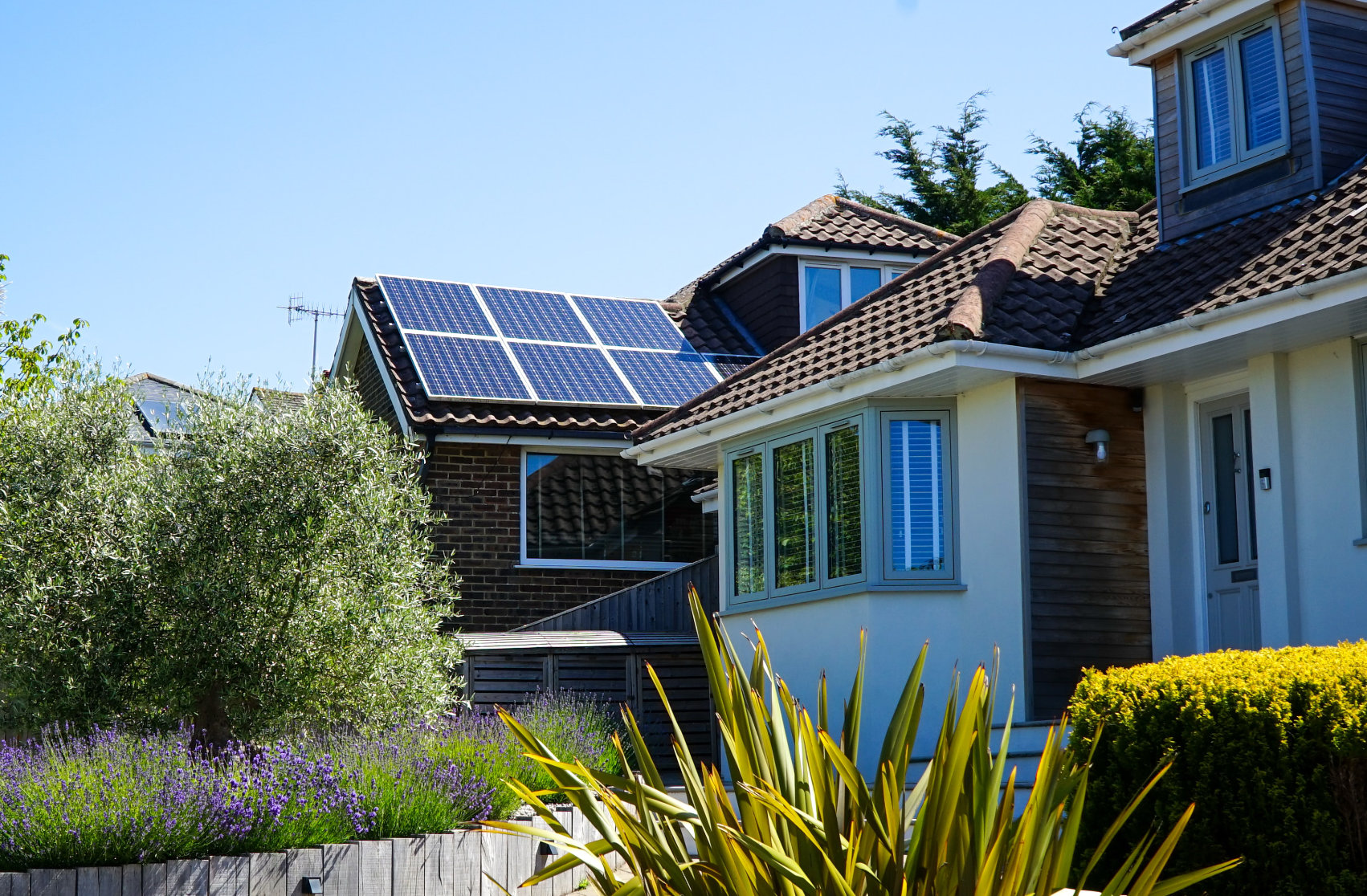You know what they say about opinions… everyone has one. And, not even a month after California’s Energy Commission decided to require rooftop solar photovoltaic (PV) systems on most new homes — the critics are talking.
Sure, there are those — like all of us at Infinity Solar, Inc of Orange — who see the mandate as a positive step toward reducing the cost of solar and as well as greenhouse gas emissions. But there are also those naysayers who, well, just can’t help but publicly voice their opposition, arguing that the least-cost choice for solar is the best.
Regardless of whether you are a fan or not, here are some red flags — as mentioned by Steve Weissman at the Center for Sustainable Energy — to watch for when people criticize the rooftop solar requirement.
- Argument: “Rooftop solar is foolish because central station solar is cheaper.” Response: Siting central station solar is a long, difficult process — sometimes taking even decades to carry out. Not to mention the severe impact on direct land use, and need for more transmission lines.
- Argument: “Central station solar is the only way to go.” Response: There are strong arguments in favor of central station solar, but it is not credible to suggest that we will meet all our electricity needs with big solar farms in the desert. It isn’t an either/or situation. We need both.
- Argument: “It could lead to higher bills.” Response: What is implicit is that we should continue relying on fossil generation that appears to be cheaper, even though much of that apparent price advantage results from the fact that the generators are not paying for environmental externalities such as air and water pollution and GHG emissions.
- Argument: “Requiring rooftop solar is bad because it will reduce grid-based electricity sales and thereby leave the remaining customers with higher rates to cover fixed costs.” Response: Think about it: A policy is bad if it reduces the demand for electricity from the grid? Should we stop encouraging more efficient use of energy?
- Argument: “Based on what the Duck Chart graph suggests, with the introduction of more solar, grid operators will stuck with more renewables than they can use during certain hours and therefore forced to curtail its use.” Response: When the grid operators do so, it isn’t because there is more solar generation than demand. It is because so much of the grid-based generation is too inflexible to respond to changes in solar output. It’s fixing the limitations of the grid that needs our attention.
- Argument: “A program is unfair if anybody other than low-income customers might benefit.” Response: Does the possibility that middle income or higher income end-use customers who adopt PV might save money mean that a policy should be rejected? Especially when the benefiting customers paid for the benefit by buying a new home with solar?
- Argument: “Putting solar on all new rooftops won’t do much to reduce GHG emissions.” Response: When it comes to reducing GHG emissions, there is no magic beanstalk that will lead us to the golden egg of a carbon-free life. Deep decarbonization requires all hands on deck.
We should all be prepared to see California’s new policy as a landmark event that could potentially lead to a broader solar adoption across the country. One benefit: It will help bring down the cost of solar. It is cheaper to install solar PV when incorporated in new construction, and doing so adds to overall demand.
Maybe there are less expensive ways to produce carbon-free electricity. But will they be deployed in time to meet long-term GHG reduction targets? Probably not.
Now is the time to invest in solar.
